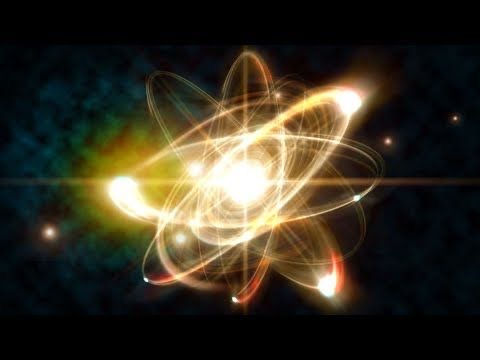The young solar system was in chaos.
- pnegatina

- Jun 15, 2022
- 2 min read
There’s no question that young solar systems are chaotic places. Cascading collisions defined our young Solar System as rocks, boulders, and planetesimals repeatedly collided. A new study based on chunks of asteroids that crashed into Earth puts a timeline to some of that chaos.
Astronomers know that asteroids have remained essentially unchanged since their formation in the early Solar System billions of years ago. They’re like rocky time capsules that contain scientific clues from that important epoch because differentiated asteroids had mantles that protected their interiors from space weathering.
But not all asteroids remained whole. Over time, repeated collisions stripped the insulating mantles away from their iron cores and then shattered some of those cores into pieces. Some of those pieces fell to Earth. Rocks that fell from space were of great interest to people and were a valuable resource in some cases; King Tut was buried with a dagger made from an iron meteorite, and Inuit people in Greenland made tools out of an iron meteorite for centuries.

The researchers gathered samples of 18 different iron meteorites that were once parts of the iron cores of asteroids. Then they isolated the Palladium, Silver, and Platinum in them and used a mass spectrometer to measure the concentrations of different isotopes of the three elements. A particular isotope of Silver is critical in this research.
“Our additional measurements of Platinum isotope abundances allowed us to correct the Silver isotope measurements for distortions caused by cosmic irradiation of the samples in space. So we were able to date the timing of the collisions more precisely than ever before,” Hunt reported. “And to our surprise, all the asteroidal cores we examined had been exposed almost simultaneously, within a timeframe of 7.8 to 11.7 million years after the formation of the solar system,” Hunt said.
A four million-year time span is short in astronomy. During that brief period, all of the asteroids measured had their cores exposed, meaning collisions with other objects stripped away their mantles. Without the insulating mantles, the cores all cooled simultaneously. Other studies have shown that the cooling was rapid, but they couldn’t constrain the timeframe as clearly.
“The theory that best explained this energetic early phase of the solar system indicated that it was caused primarily by the dissipation of the so-called solar nebula,” study co-author Maria Schönbächler explained. “This solar nebula is the remainder of gas that was left over from the cosmic cloud out of which the Sun was born. For a few million years, it still orbited the young Sun until it was blown away by solar winds and radiation,” Schönbächler said.
“Our work illustrates how improvements in laboratory measurement techniques allow us to infer key processes that took place in the early solar system – like the likely time by which the solar nebula had gone. Planets like the Earth were still in the process of being born at that time. Ultimately, this can help us to better understand how our own planets were born, but also give us insights into others outside our solar system,” Schönbächler concluded.
Source: www.universetoday.com


















Comments